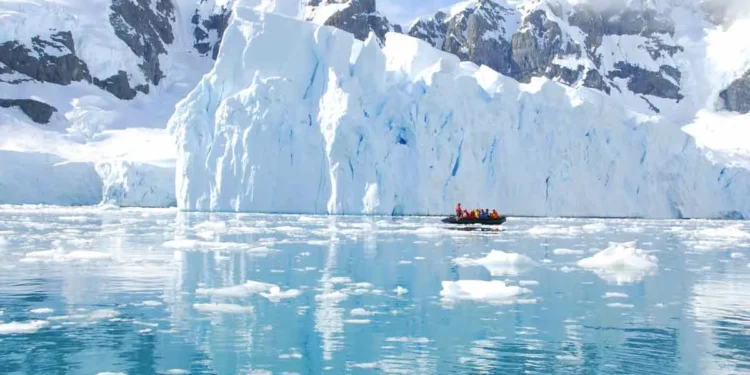Arctic sea ice has continued its recent recovery despite 2023 being claimed as the hottest year on record globally, according to data recorded by Germany’s Alfred Wegener Institute (AWI). From the AWI website (hat tip: Pierre Gosselin):
The slight recovery trend since the Arctic minimum was reached is continuing at the beginning of 2024, with the sea ice extent at the beginning of the year below the average value for the years 1981-2010, but in the lower range of the extreme values (minimum/maximum) of this international climate normal period (Figure 1).
If we look at the new reference period 1991-2020 introduced by the World Meteorological Organisation in 2021, January 2024 is roughly in line with the mean value of this period (see interactive graphic). The average Arctic sea ice extent in January was 13.99 million square kilometers, around 400,000 square kilometers greater than the ice cover in January over the last 20 years (Figure 2). During the month, the extent increased by approximately 29,000 square kilometers per day, which was slower than the average increase from 1981 to 2010.

Gosselin notes that the chart shows “a stable trend over the past two decades” with the recent January maximum “higher than 15 of the past 20 years”.
Polar bear specialist Susan Crockford remarks: “It’s almost like Arctic sea ice extent in winter has almost no relationship with global temperatures!”
The Daily Sceptic‘s Chris Morrison reported on this “stonking recovery” in Arctic sea ice back in February. But with other agencies and commentators now catching up with the news, it never hurts to keep the counternarrative facts in front of the public.














To join in with the discussion please make a donation to The Daily Sceptic.
Profanity and abuse will be removed and may lead to a permanent ban.